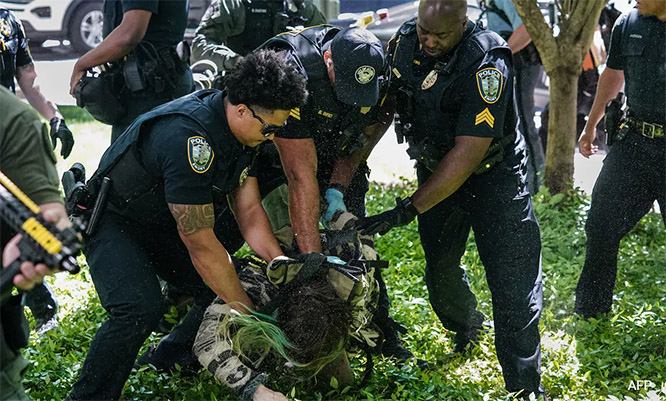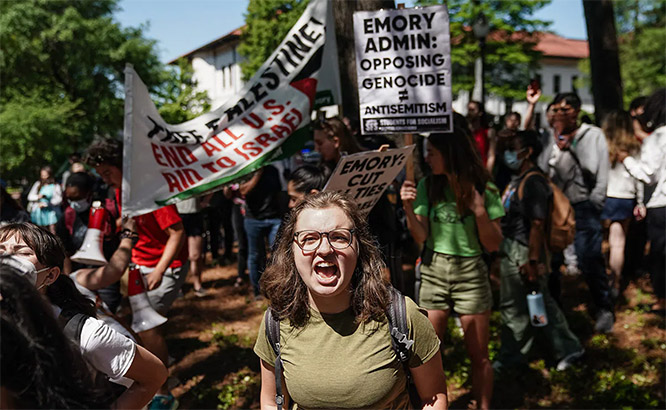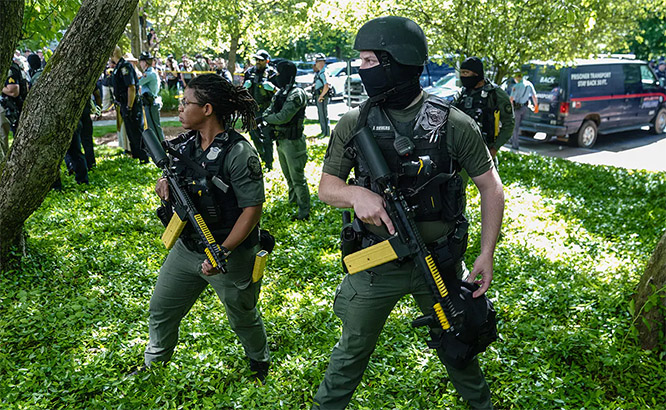Nilgiris, Apr 8: Tamil Nadu Chief Minister K Palaniswami on Monday alleged that DMK chief M Karunanidhi was kept under "house arrest" for two years and indicated that the government could launch a probe into the matter.
Palaniswami's statement is seen as a direct counter to his rival and DMK chief M K Stalin, who has been harping on the death of late chief minister J Jayalalithaa in December 2016, saying if the DMK comes to power, it would probe the circumstances leading to her demise.
Stalin has said that such a probe would reveal the facts behind Jayalalithaa's death to her true followers. Palaniswami Monday claimed Karunanidhi was kept under "house arrest" by Stalin for his own "selfish interests" and that it was the "government's duty" to probe any hardship faced by the veteran Dravidian stalwart since he was a former Chief Minister himself.
Palaniswai said complaints had been received in this connection. At an election meeting here, Palaniswami charged that Karunanidhi was not given proper treatment by Stalin, fearing he may not succeed his father as party chief, should the veteran return in good health.
"Karunanidhi is a former chief minister...he was not given proper treatment and put under house arrest by Stalin because he thought he cannot become party chief if his father did well," Palaniswami said.
DMK workers "say Karunanidhi would have talked if he had been taken abroad and given better treatment. So Stalin kept his father under house arrest for his own selfish interests," he said.
Since Karunanidhi is a former chief minister and was an MLA at the time of his death, in August 2018, "it is the duty of the government to probe whether he faced any hardship," the AIADMK Joint Coordinator added.
Karunanidhi fell ill in October 2016 due to a drug-induced allergy and was admitted to a private hospital in December 2016. He had undergone a tracheostomy, a procedure to optimise his breathing. The chief minister further added he was making these remarks based on "available information."
He also asked why Stalin was not made party chief when Karunanidhi was alive and pointed out that the DMK chief came to the present post only after his father's demise. Stalin was elected party President unopposed on August 28, 2018, weeks after his father passed away. Karunanidhi passed away on August 7.









Comments
Add new comment